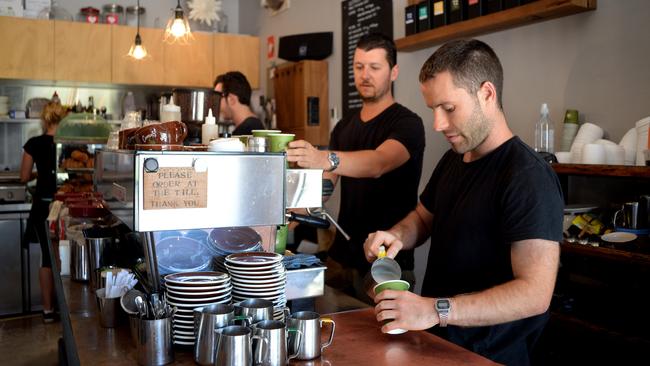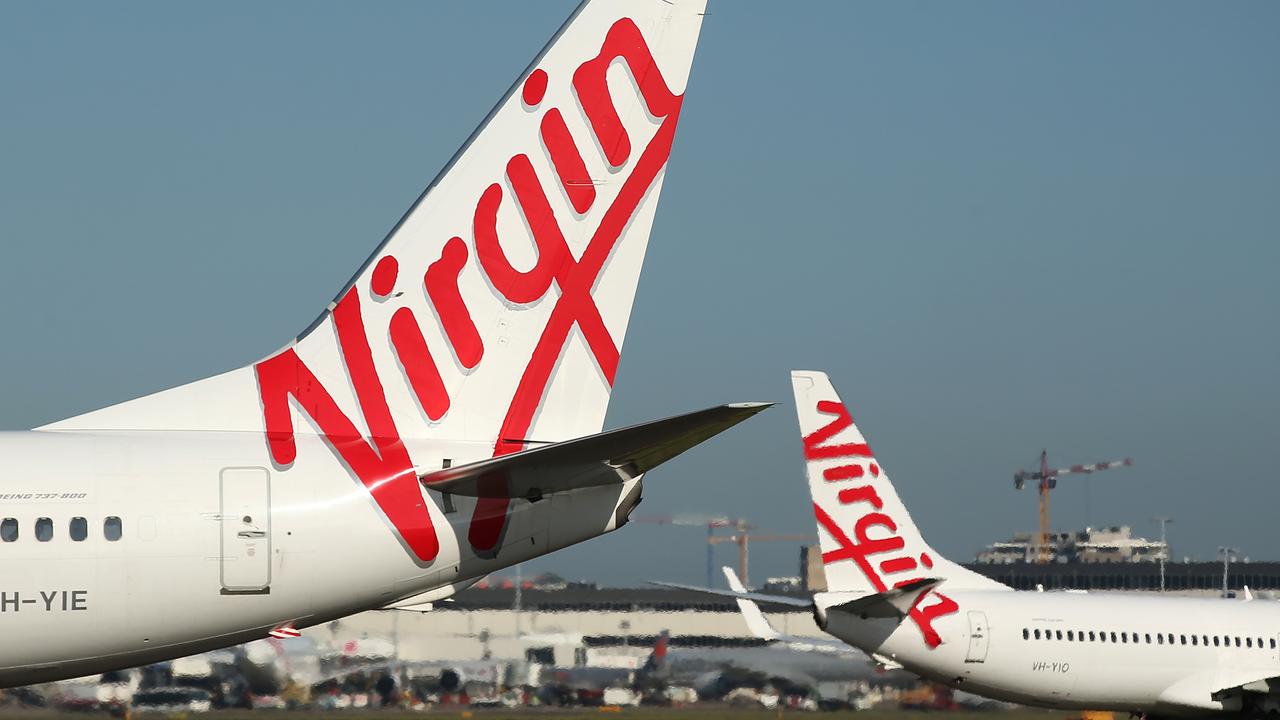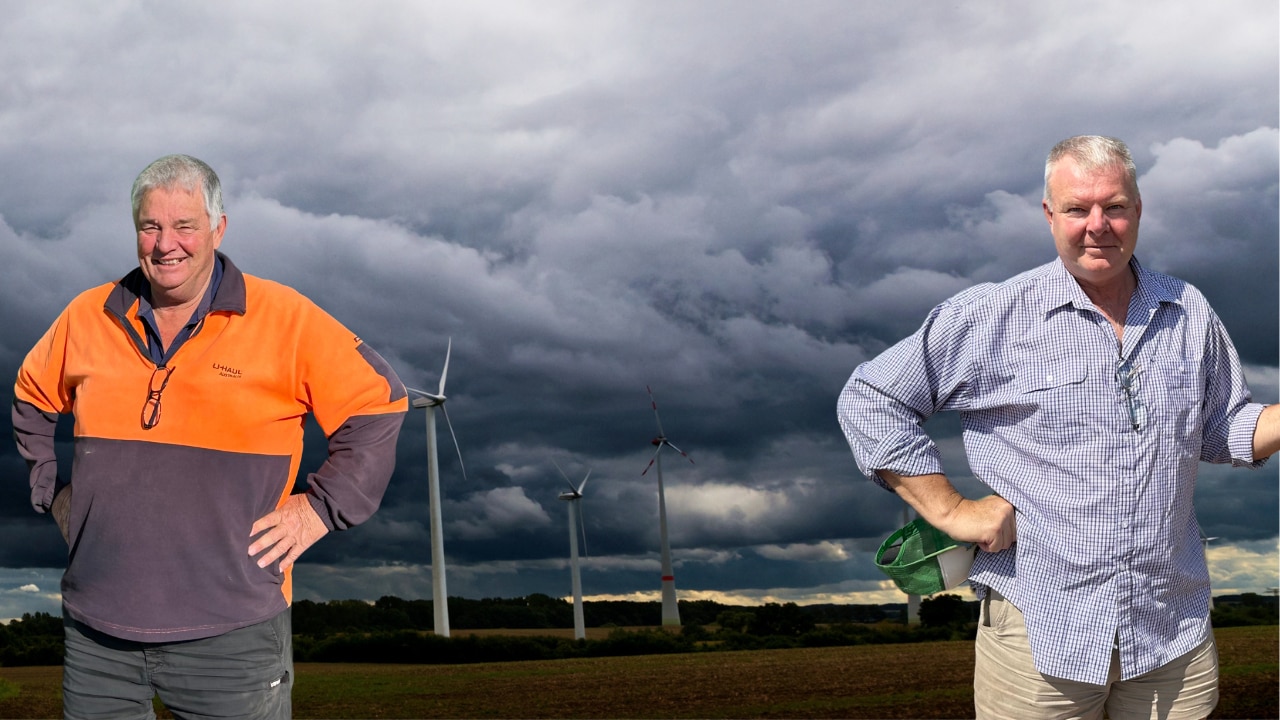
Australia faces a situation that we have never previously encountered. Vast areas of the economy are booming and with that boom is coming much higher wages, strikes, supply shortages and higher prices. Inflation looks set to break out, which will increase interest rates.
While his boom has raged the Reserve Bank has thought the economy needed stimulation so sets artificially low interest rates and has a bond buying program which will cost the nation tens of billions of dollars if boom driven inflation pushes interest rates higher.
Meanwhile bank regulators, comforted by the Reserve Bank’s bizarre (and almost certainty incorrect) prediction that interest rates would stay near token levels until 2024, allowed Australian house prices to rise dramatically — mainly as a result of lower bank lending standards linked to the artificially low interest rates.
Today I want to tell the almost unbelievable story of how all this happened and what could be ahead.
I will start the story by going back to 2008-09 when our public servants and money managing bodies when faced with the Global Financial Crisis started unveiling stimulus measures to insulate the country. The measures had limited impact. Australia was saved by another event: massive stimulation in China which boosted our commodity prices.
That situation showed a clear weakness amongst our public servants and our money managing bodies. They became blinkered as they charged towards predetermined strategies and don’t look around at other events taking pace like the China stimulation. We did not learn and in
2020-22 repeated the mistakes. I don’t think the boom story has been fully told so let me start in the early months of 2020 — before we understood the seriousness of the Covid-19 virus.
Across Australia traders found those months very difficult. Retail customers tightened their purses. Retailers were dismayed by disappointing sales volumes and reduced margins. The media, including myself, did not pick up the severity of this “pre-Covid” downturn.
And then in March Covid-19 took hold and by Easter (mid April), things looked really bad. But in the final hours of March came the government stimulation led by JobKeeper and lower interest rates plus a release of superannuation.
Trade was in the mire and many businesses, led by Harvey Norman, calculated that they would be better off taking JobKeeper and closing their doors. Scared of the future, Harvey Norman suspended its dividend payment. But some businesses crossed their fingers, stayed open, did not pursue JobKeeper and most importantly kept their supply orders up hoping that the Morrison stimulus package would be akin to Rudd in 2008.
For some businesses, like inner city restaurants and cafes plus those linked to events, there would be a continuation of very tough times and JobKeeper enabled them to keep their staff together ready for recovery. But in other areas the experience was totally different and stunning.
In the early weeks of trading in April 2020, all businesses were facing the prospect of a catastrophe. Then an amazing event started to take place in the weeks after Easter 2020. Suddenly retailers that had stayed open, operating in hard goods and items related to building, found themselves with sales increases as high as 20 per cent literally overnight. Bunnings led the charge.
Many thought it was an aberration. Instead it accelerated and spread to wider areas. The grim outlook of January/ February vanished. And business results by June 30, 2020 over wide areas had become terrific instead of embarrassingly bad.
I wrote commentaries about the rise but overall those retailers who stayed open “kept mum” about what was happening to them. Businesses that had closed their doors to take JobKeeper were oblivious to the record sales and profit results occurring for those who stayed open. But, eventually, when they reopened they could not believe their eyes as their daily sales figures came in.
The boom environment has continued ever since, spoiled only by state Premiers’ lockdowns. The question the bureaucrats in Canberra and Martin place Sydney have not really addressed is: In hindsight, what caused business and customer activity to take off so unexpectedly in April 2020?
It was clearly something far more fundamental than the stimulus package.
In 2020, this subject was then debated heatedly in the boardrooms of benefiting businesses. Nobody knew but some suspected it was mainly the superannuation withdrawal relief. Was it low interest rates? Most of the demand spike was consumer goods associated with households facing long periods in isolation and wanting property improvement. It was not funded by fresh consumer debt. Indeed, the banks found themselves receiving consumer debt repayments that were so big that they no longer needed to borrow offshore or take term deposits. Low rates were not the mystery factor. The banks were shocked.
It seems that from day one Australians recognised that Covid-19 meant that a dramatic change in lifestyle was imminent in Covid-19 lockdowns. And simultaneously they were cancelling their overseas travel for which they had advanced paid. An avalanche of travel refunds turned up overnight. They went out and bought better TVs, gym equipment and home improvement supplies. They bought online, creating a parcels boom. Accordingly, like in 2008-09, forces outside the sphere of the Canberra and Martin Place bureaucrats had been triggered. In 2008-09 it was China. In 2020 it was a lifestyle change, including abandonment of overseas travel, It was the power of Australian positive thinking.
What’s ahead? The bureaucrats in Canberra and in the Reserve Bank’s Martin Place bunker still haven’t grasped what is happening because they are isolated from the real world and rely on outdated statistics. The consequences of this isolation has added a new danger.
The trades are swamped; consumers can’t find a builder to build new houses or renovate; shortages of goods are emerging; strikes are breaking out; labour is shortened, becoming more costly. The enterprises that were hit during the lockdowns are seeing surging demand but can’t find labour and are forced to lift wage rates and prices. China’s economic and Covid-19 mistakes are hurting them but also hurting their capacity to supply. They too thought demand for goods would diminish with Covid-19 arriving, but instead they face supply orders that they struggle to satisfy. Their Covid-19 issues are closing down cities and entire ports, power shortages are rife and container shortages further interrupt supply chains. Prices are rising sharply.
Of course Australian consumer demand is now also further whipped up by the massive dividend flows out of publicly listed companies.
All this adds up to higher inflation and interest rates. Those who enjoy higher incomes will have no difficulty servicing their higher cost housing loans but others will struggle. It is possible Australians will revert to a massive return of European and US overseas travel which will dampen the economy but it hasn’t happened yet. We desperately need migration.
Overall, our local tourist industries are set for a boom and Australia is looking to an era of prosperity.
But the greatest single danger is that our Treasury bureaucrats in Canberra and Reserve Bank bureaucrats in Martin Place are out of touch and may seriously overstimulate the economy. After the next election we must look at sending Treasury and Reserve Bank officials out into the real world. Make them to shift their abodes and realise Australia is not simply what happens in Canberra and Martin Place.



